Programming Pushpins Via JTAG
The most straightforward way to program Pushpins is via the Cygnal IDE coupled with the Keil 8051 compiler and the JTAG interface. The Cygnal IDE is an integrated development environment (IDE) made specifically for the Cygnal microprocessor used on the Pushpins. The Keil 8051 compiler is a robust compiler that converts C and 8051 assembly code into bytecode that will run on any 8051-based microprocessor. JTAG is an IEEE standard that supports microprocessor programming and debugging. Programming and debugging with a JTAG interface requires both the microprocessor and IDE to comply with the JTAG specifications, as well as a JTAG programmer and a connector to convert a serial cable from your computer to a JTAG cable connecting to the microprocessor.
Version 1.6 of the Cygnal IDE comes bundled with an evaluation version of the Keil 8051 compiler and can be downloaded here:
[ZIP] Cygnal IDE version 1.6
However, it is recommended that you download the most recent version of the Cygnal IDE and Keil evaluation compiler directly from their website:
The Keil compiler is considered an evaluation version because it limits code size to 2Kbytes instead of the usual 64Kbytes. In all other ways, it is identical to the full-featured version.
The JTAG serial adapter and cable required for hooking up the serial cable to the microprocessor can be purchased from the Cygnal website above. They are also included in the development kit from the same site. In addition to the JTAG serial adapter and cable, you will also need a customized connector for the Pushpins. The JTAG programming expansion module serves this purpose. The pictures below feature a handmade connector composed of wires and hot glue, which works just as well.
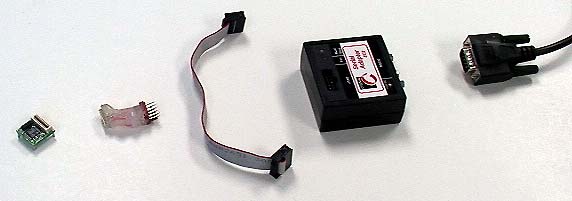
Above: (from left to right) Pushpin, custom Pushpin-JTAG connector, JTAG
cable, JTAG serial adapter, serial cable.
Below: the parts shown above fully assembled - the Pushpin is now ready
for programming.
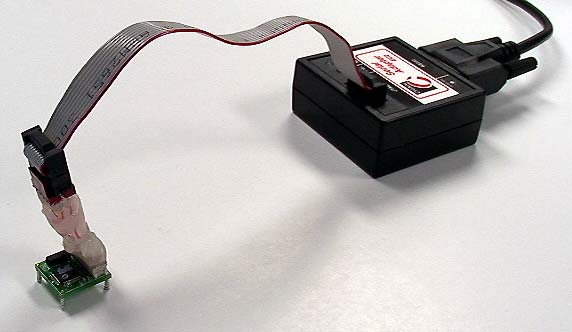

|
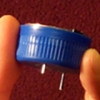
|
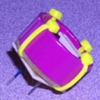
|

|

|

|
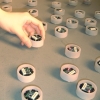
|

|